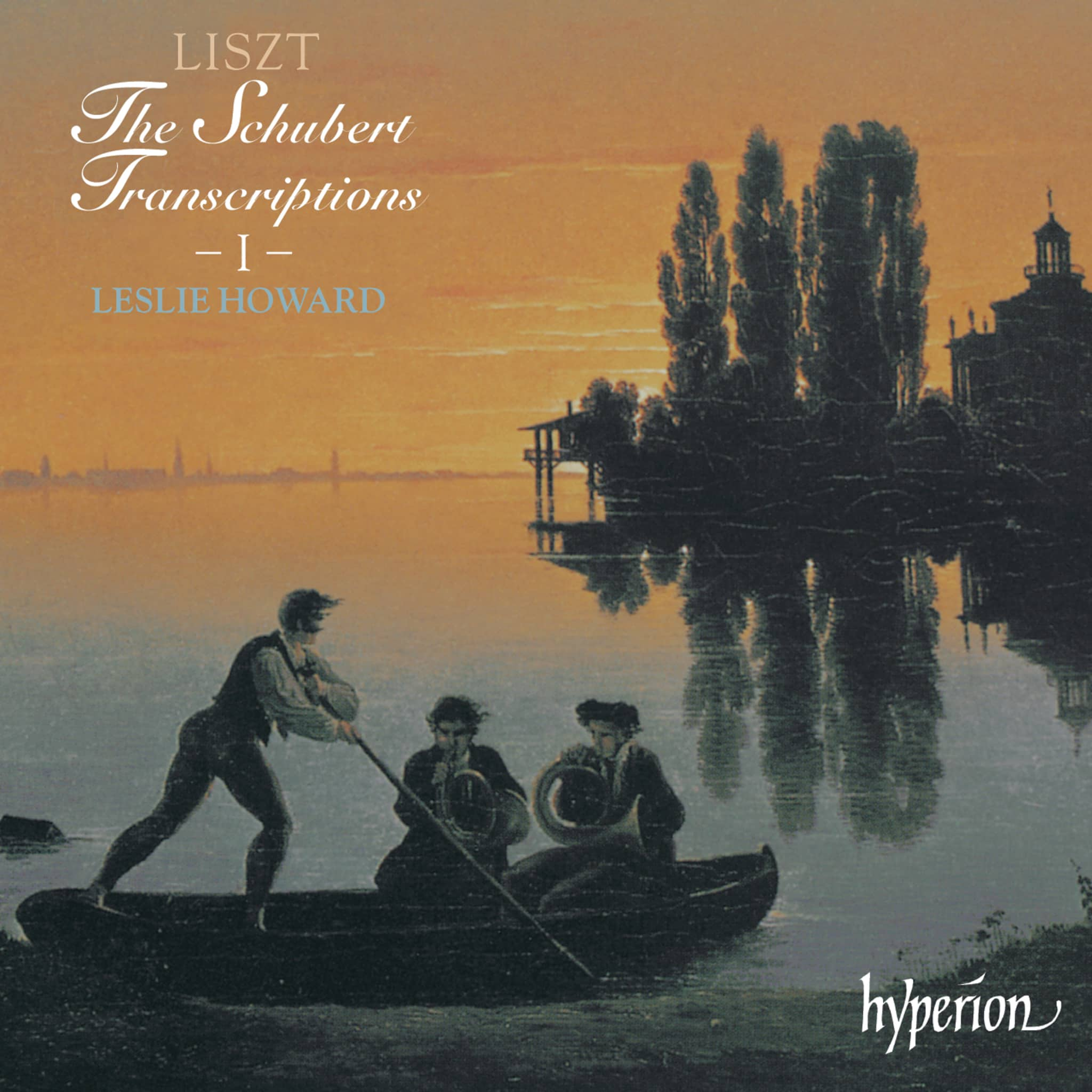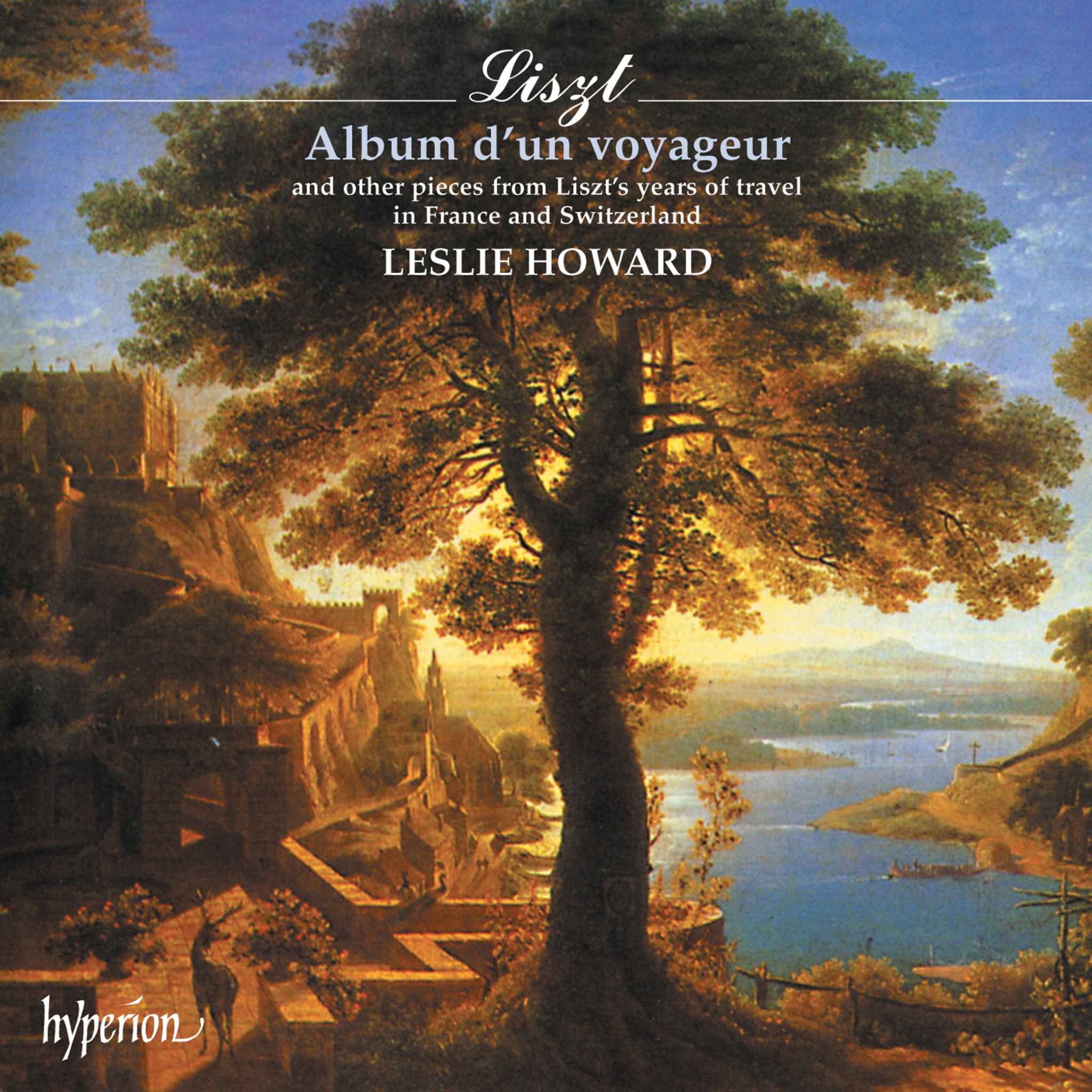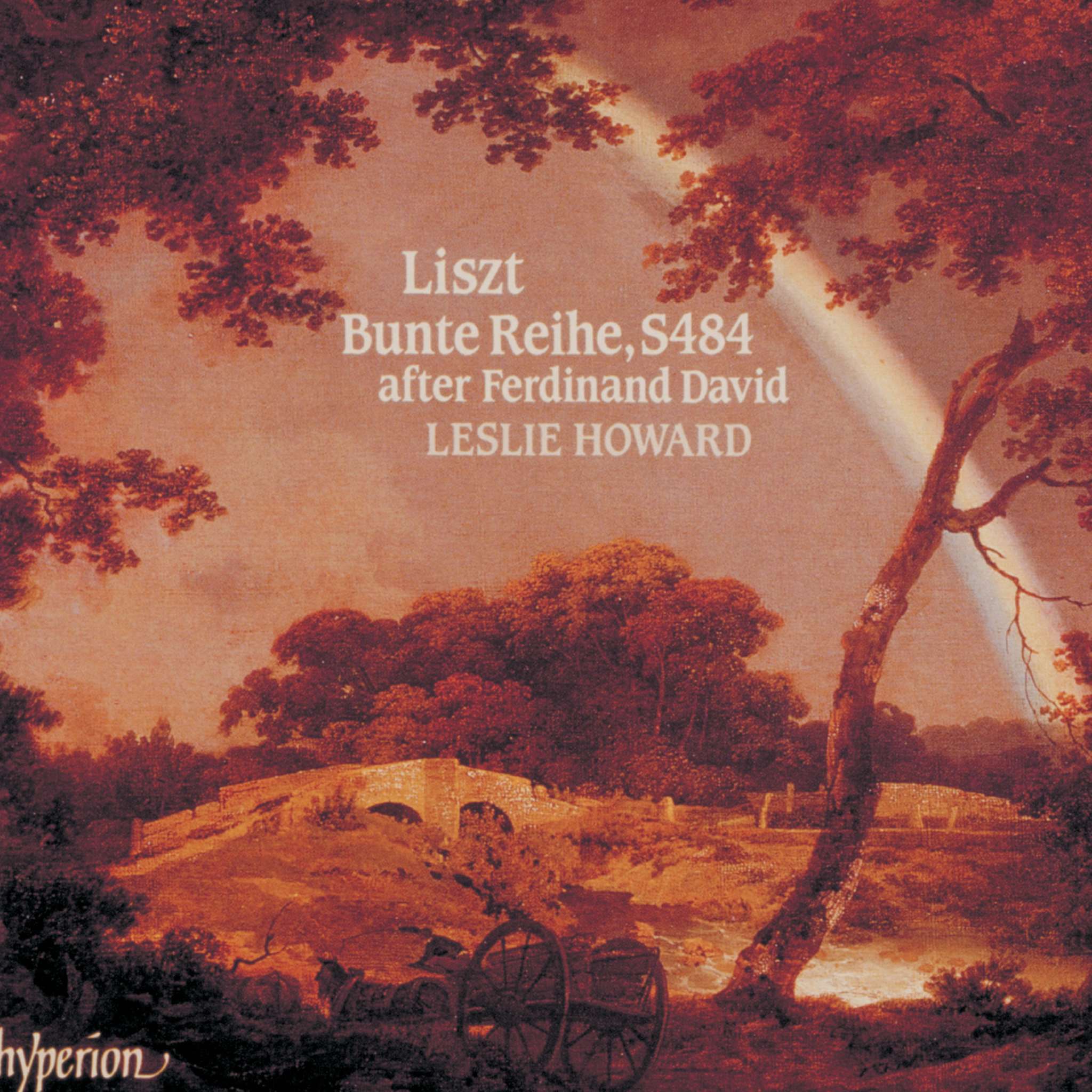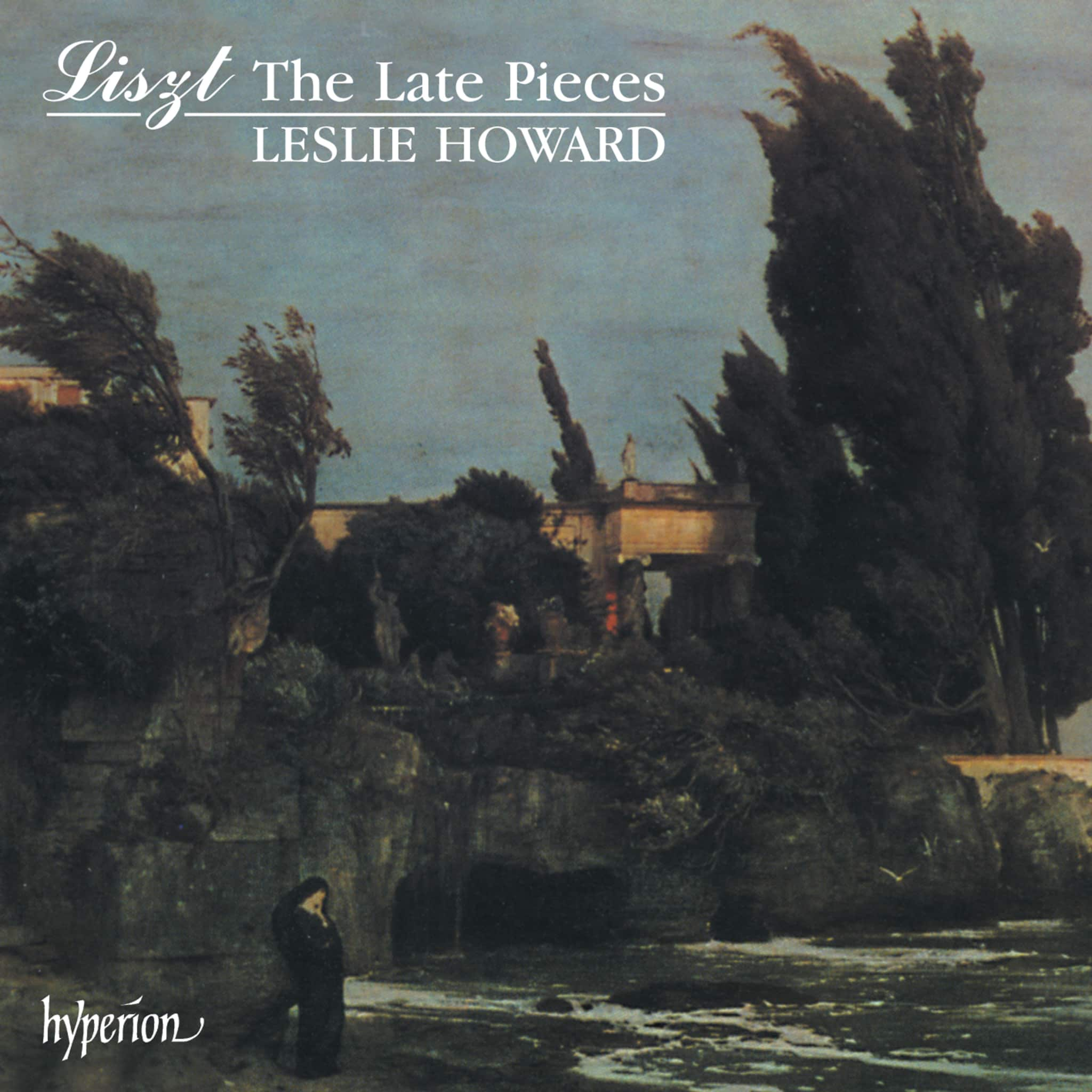Album insights
Tobias Hume's life remains shrouded in mystery, with speculations around his birth year due to being accepted at London Charterhouse in 1629, suggesting he was likely born in 1579. He published two collections of music, including The First Part of Ayres—Captain Humes Musicall Humors (1605) and Captain Humes Poeticall Musicke (1607). Despite financial struggles, seeking support from Queen Anne and penning bold appeals to King Charles I, Hume's artistic genius was not widely recognized in his time. Misunderstood by history, Hume is often painted as an eccentric, portraying his music and persona in a comedic light.
Traditionally known for his use of col legno and unconventional, cheeky song titles, Hume broke away from the norm. While some considered him an amateur, his works suggest deeper emotional reflections and a departure from conventional compositional approaches. Hume, distancing himself from mundane imitations, defied musical norms and showcased the viols' unique capabilities in his compositions, veering away from mainstream Gambenmusik. He ventured into uncharted territories, asserting the viol's prowess on par with the lute.
Hume cherished the viol, pushing it to its expressive limits. Contrasting with lutes dominating the music scene, viols had a distinctive charm, offering a unique expressive potential. Hume championed the viol, challenging Dowland's prominence through innovative and emotive compositions. His compositions, a blend of complexity and simplicity, echoed deep emotions and vivid storytelling, elevating him beyond his contemporaries.
The lyra viol, often misunderstood as an instrument, is more a composition and playing style akin to lute music. Hume's suggestions pushed viols' boundaries, advocating for a richer, more resonant sound. As the tide shifted from private music-making to public performances, Hume's works reflected a profound emotional depth, a departure from conventional elegance. Carving a niche in emotive musical storytelling, Hume's music embodies raw emotional sincerity, hinting at a deep connection with his craft.
Hume's heartfelt plea in 1642 underscores a once-vibrant musician fallen on hard times, highlighting a stark contrast to his earlier musical fervor. His proposal for playing viols with nine strings, a daring concept for his time, reflects his innovative spirit and thirst for new expressive realms. In revisiting Hume's works, we unearth hidden gems waiting to be embraced in their full creative glory, shedding light on his extraordinary legacy.






